
The body’s immune system is designed to fight off threats, like infection-causing germs, through a process called inflammation. But a steady state of inflammation can lead to everything from diabetes to autoimmune diseases to heart disease to cancer. Many of these health threats don’t come from foreign invaders like scary bacteria, but from some everyday foods you’re probably eating. Removing inflammation-provoking foods from your diet, or at least limiting them, can help you do a better job of protecting your well-being. For many of the most common chronic diseases spurred by inflammation, the starting point is obesity. And obesity is often the result of overeating foods that foster inflammation. Most — though not all — of the foods that cause inflammation deliver minimal nutrition. Processed foods made with refined white flour and white sugar are top culprits. These include packaged white breads and rolls, baked goods and candy. Soda and other sugar-sweetened drinks are in the same category. Fried foods and fats — such as margarine, shortening and lard — also promote inflammation. So do processed red meats, like bacon, sausages, hot dogs, salami and other deli meats. Even lean red meat should be limited to once or twice a week. Replace these foods with those known to be anti-inflammatory, those high in natural antioxidants and other protective compounds. These include good-for-you fats such as… read on >










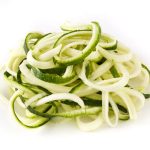

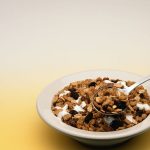

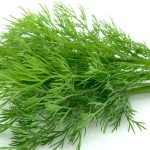
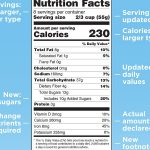
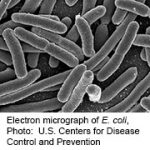









-300x200.jpg)










